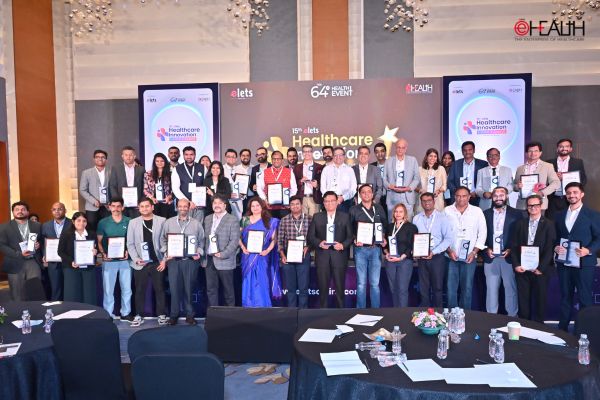
The Global TB report 2022 published by the WHO has highlighted how the COVID-19 pandemic has affected TB diagnosis, care, and disease burden globally.
The Ministry of Health and Family Welfare has taken note of the WHO Global TB Report 2022, which emphasised that India has, in fact, outperformed other nations over time on key parameters. India’s TB incidence for 2021 is 210 per 100,000 people, down from the baseline year of 2015 (when it was 256 per lakh of the population); this represents a drop of 18 per cent, which is 7 percentage points more than the global average of 11 per cent. Additionally, according to this data, India is ranked 36th in the world for incidence rates (from largest to smallest incidence numbers).

The COVID-19 pandemic had an impact on TB programmes all over the world, but India could successfully offset the disruptions by implementing crucial interventions in 2020 and 2021, which resulted in the National TB Elimination Programme notifying over 21.4 lakh TB cases—an increase of 18 per cent from 2020. This accomplishment can be ascribed to a variety of progressive actions taken by the Programme throughout the years, such as the requirement for notification to guarantee that all instances are reported to the government. Additional, heightened door-to-door active cases One of the program’s pillars has been finding drives to screen patients and make sure no household gets ignored. More than 22 crore persons had TB screenings in 2021.

The goal has been to uncover and identify more instances to halt the disease’s further spread in the community, which has led to a decrease in incidence. India has expanded its diagnostic capacity to support detection efforts for this reason as well. Currently, molecular diagnostics created domestically have helped spread diagnosis to every region of the nation. There are more than 4,760 molecular diagnostic devices in India, covering every district.

In light of this, and before the release of the Global Report, the Ministry of Health and Family Welfare informed WHO that it had already begun domestic studies to arrive at a more precise estimate of incidence and mortality rates in a systematic manner and that India’s data would be provided following the completion of studies in the early part of 2023. Additionally, acknowledging the Health Ministry’s stance on the matter, the WHO said in the report that “estimates of TB incidence and mortality in India for 2000–2021 are interim and subject to finalisation, in consultation with India’s Ministry of Health & Family Welfare.”

The WHO report also highlights the significant influence that diet and undernutrition play in the emergence of active TB illness. The Ni-kshay Poshan Yojana, a nutrition support programme for the TB Program, has proven to be essential for the weak in this regard. Through a Direct Benefit Transfer programme, India provided cash transfers to TB sufferers totaling 89 million dollars (INR 670 crores) in 2020 and 2021. Additionally, the Honourable President of India announced the Pradhan Mantri TB Mukt Bharat Abhiyan in September 2022, a groundbreaking programme designed to supplement nutritional support for people receiving treatment for tuberculosis. Over 10,45,269 patients across the nation have received help from over 40,492 donors to date.
Be a part of Elets Collaborative Initiatives. Join Us for Upcoming Events and explore business opportunities. Like us on Facebook , connect with us on LinkedIn and follow us on Twitter , Instagram.
"Exciting news! Elets technomedia is now on WhatsApp Channels Subscribe today by clicking the link and stay updated with the latest insights!" Click here!
















